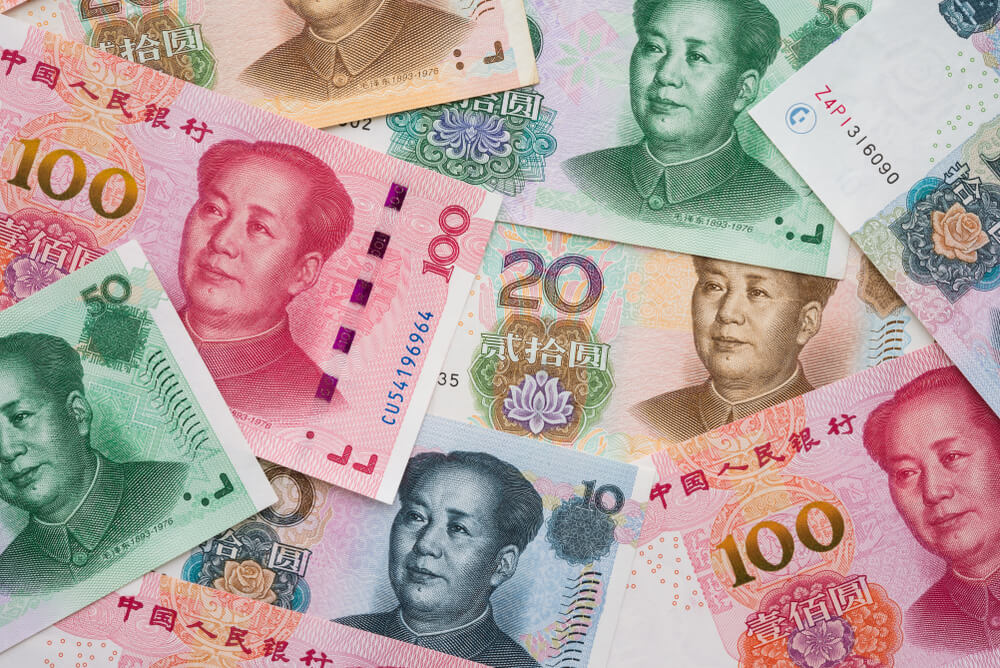
China’s Yuan Inches Higher
The People’s Bank of China set the midpoint rate at 6.3729 per dollar before the market opened, 204 pips or 0.32 percent higher than the previous fix of 6.3933.
The onshore yuan opened at 6.3750 per dollar. It traded at 6.3744 by midday, up 14 pips from the previous late session close.
Traders said the spot yuan benefited from a slight drop in the dollar overnight. Still, current concerns about the rapid spread of the Omicron coronavirus variant in other countries kept safe-haven demand intact. This limits greenback losses.
They added that yuan trading subdued this week because many market participants were on their year-end vacations. As the holidays approached, the yuan was tracking the dollar’s movements, according to a trader at a Chinese bank.
The Chinese yuan is on track to be the best performing primary emerging market currency for the second year in a row.
However, in recent months, its trade has become less tied to the dollar’s prospects. Therefore it prompted some to question whether the yuan rally is sustainable.
According to traders and analysts, a stronger dollar, a slowing domestic economy, monetary easing, and policy divergence with other major economies could put downward pressure on the yuan.
Tourism and Expectations
Ming Ming, CITIC Securities’ head of fixed income research, believes the dollar will benefit from rising expectations that the Federal Reserve will raise interest rates next year. It is likely to occur as domestic corporate demand for yuan conversion declines following the Lunar New Year.
China’s export growth expecting to slow in the second half of next year. Hence, the yuan movements may be dominated by foreign exchange settlement and the dollar once again. Guan Tao, a former official at the foreign exchange regulator, also warned that if economic data continues to disappoint next year, China’s currency will fall further from recent highs.
The lack of outbound tourism will reduce capital outflows, providing some support for the yuan. China will likely maintain its tight border controls through the end of 2022.
As a result, even if the US dollar strengthens further, the yuan will have a sufficient buffer.
By midday, the broad dollar index had fallen to 96.478 from its previous close of 96.517. The offshore yuan was worth 6.3824 per dollar.


